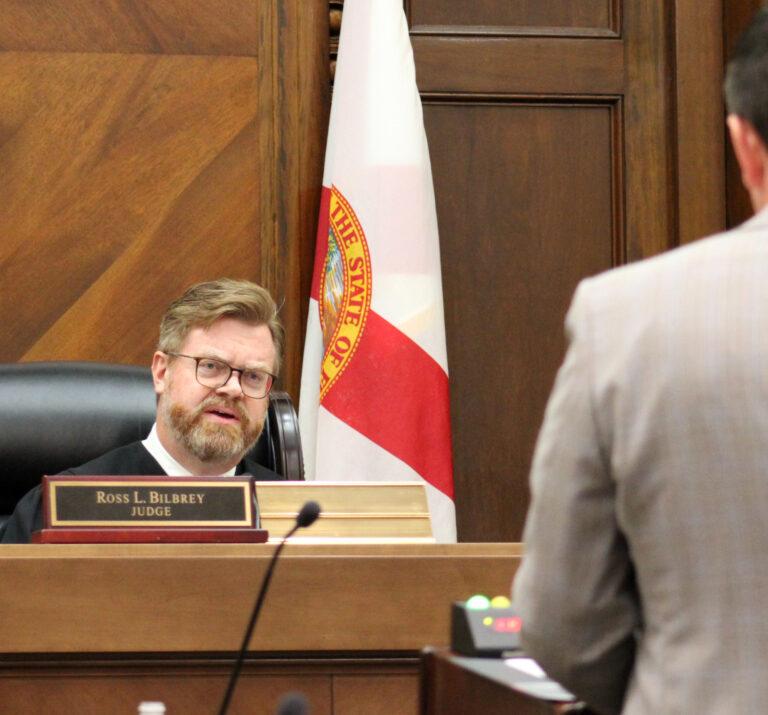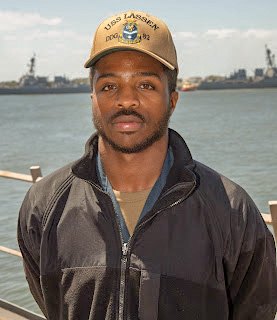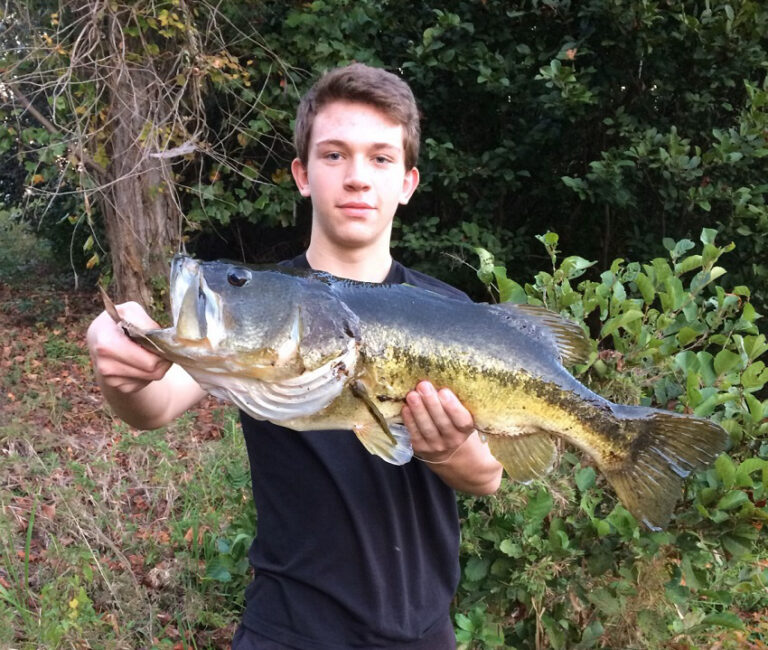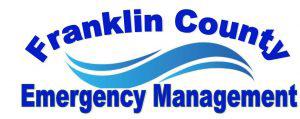Answering the knock at the door
I believe it is safe to say I am the first person in the 125-year history of the Apalachicola Public Library to wrap tefillin there.
In English translation, this means I am the first to “don phylacteries” there. It is also probably only the second, maybe third time I have ever used the word phylacteries in my entire life.
It’s not a word I ever use, nobody does. As for wrapping tefillin, which I used to do when I was a kid, at most I have only done it a handful of times in recent years.
This is much different than the six-mornings-a week practice of Mendel Turk and Yaakov Kaplan, a pair of young yeshiva students from Crown Heights in Brooklyn, who came down to the Panhandle during Hanukkah as part of an annual outreach by the Chabad-Lubavitch Hasidic movement with which they belong.
I will slow down here and expand for those not well-acquainted with Jewish experience on the definitions here. Hasidim are not run-of-the-mill observant Jews. They are a distinct branch that began in Lithuania in the 18th century, around the time when America became a country. They embody a passionate, soul-stirring expression of Judaism, wary of assimilation, in fact many areas in America speak Yiddish more than English.
Some such as Mendel and Yaacov dress exclusively in black suits, white shirts and black hats. The Lubavitcher are growing fast, not only because they have large families, but due to their foundational missionary zeal, to bring Jews closer to their own souls by following halacha, “the way of walking” that defines Jewish law, ceremonies, customs and culture.
Apalachicola librarian Lucy Carter had invited me to do a program last week on Hanukkah, the Jewish festival of lights, that ended Monday night. I mentioned I would be doing it to the Chabad rabbi in Panama City, the one who lights the very public menorah at Pier Park each year, when he called me to say the Chabadniks from Crown Heights would be coming back this year.
Now, just to draw a bridge between the Christian and the Jewish communities, be it hereby noted the Lubavitcher are somewhat equivalent to the Jehovah’s Witness and the Church of Latter-Day Saints denominations in that they are zealous in terms of their mission to those who have strayed from the faith. In large cities, in keeping with their outreach to Jews in distress who need their support, from the impoverished to the incarcerated, they operate so-called “Mitzvah Mobiles.” Jewish men passing by en route to their jobs are encouraged to wrap tefillin, or eat matzah during Passover or a hamantaschen during Purim.
And just like our non-Jewish and secular brethren, we have been known to walk briskly in the other direction, or not answer the doorbell when they show up. Oy, it’s the Chabadniks, tell them we’re not home, or you’re late for an appointment.
This year, Mendel and Yaakov showed up.
Lucy the librarian graciously extended her hand in greeting and they politely demurred. Touching any woman, with the exception of your wife, is not allowed. Later Lucy tried valiantly to gin up a game of dreidel for the gathering she had painstakingly organized, but that didn’t happen, not because of our visitors but because I waved off the suggestion.
The gathering was nice, attended mostly by Jewish people, with two noticeable exceptions, Linda Thompson and Janine Gedmin. Thompson is active at the First Pentecostal Holiness Church and asked lots of questions in keeping with her religious passion. Gedmin’s inquiries attested to her less Biblical doctrine approach to her faith.
That dichotomy is not unlike that shown in the contrast between the Chabadniks and me, the contrast between those Jews who assimilate to the wider, secular world around them, who identify firmly as members of the Jewish people but not so much adhere to halacha. And those who adhere strictly to the word of God, and practice what they preach, as humble servants to a majestic faith.
As the program flickered like a Hanukkah candle to a soft end, Yaakov approached me and asked if I would put on tefillin. Right there in the middle of the library. I knew how to place one of the two phylacteries (that’s the third time I have used that word in this very essay, also a record) on my forehead, inside of it a passage on parchment that includes the verses from Exodus that “On that day tell your son, ‘I do this because of what the Lord did for me when I came out of Egypt.’ This observance will be for you like a sign on your hand and a reminder on your forehead that this law of the Lord is to be on your lips.”
I knew how to wrap the long leather strap of the other around my left arm, although the number of times down the length of my arm and the precise placement around my fingers escaped me. Mendel shared with me how to recite the blessing. When it was done, he wrapped the tefillin up carefully, and returned it to the velvet bag “tool kit” which the two men had brought with them, no doubt should an occasion such as what happened arise.
They said goodbye and I found out later they then ventured to the St. George Island home of Steve and Deb Kirschenbaum (somehow Chabad has inside info on where to suss out Jews) and lit the menorah with them. Deb called me, delighted they had stopped by.
I returned home and found the tefillin that my father had given me on my bar mitzvah, as well as the tallith, the prayer shawl, he had brought home from Israel. And I found the siddur, the prayer book, that my cousin had given me from her father, my Uncle Al, that he had with him when he was a soldier in Italy during World War II.
And then I lit the candle to begin the third day of Hanukkah, and promised never to turn down a game of dreidel if one is offered.
May the illumination of our souls that is kindled during Hanukkah and Christmas burn brightly in all our hearts all year long.
David Adlerstein also may have been the first Jew to recite the opening prayer before an Apalachicola city commission meeting, having done so at the request of Mayor Kevin Begos in 2019, although many Talmudic scholars dispute whether he actually holds the record.






Meet the Editor
David Adlerstein, The Apalachicola Times’ digital editor, started with the news outlet in January 2002 as a reporter.
Prior to then, David Adlerstein began as a newspaperman with a small Boston weekly, after graduating magna cum laude from Brandeis University in Waltham, Massachusetts. He later edited the weekly Bellville Times, and as business reporter for the daily Marion Star, both not far from his hometown of Columbus, Ohio.
In 1995, he moved to South Florida, and worked as a business reporter and editor of Medical Business newspaper. In Jan. 2002, he began with the Apalachicola Times, first as reporter and later as editor, and in Oct. 2020, also began editing the Port St. Joe Star.